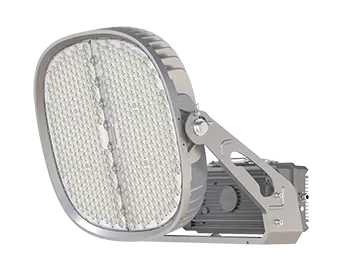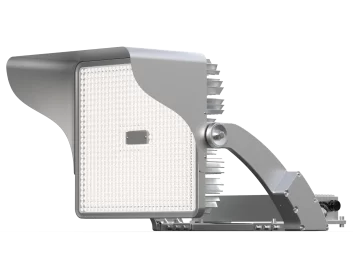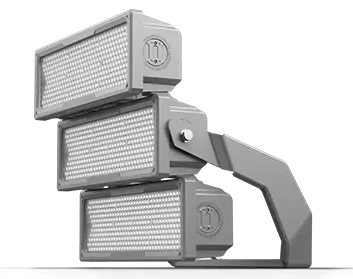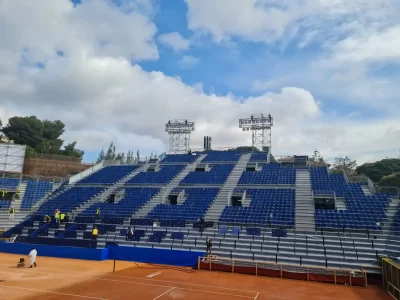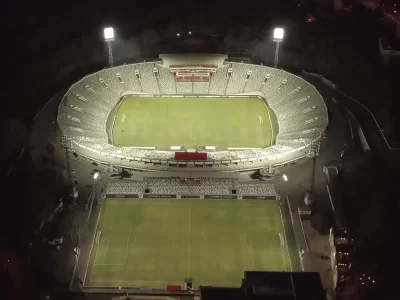Expressway Lighting
Expressway lighting enhances visibility and safety on high-speed roads by providing consistent illumination for drivers, especially at night or in adverse weather. Using energy-efficient LEDs and smart control systems, modern expressway lighting improves traffic flow, reduces accidents, and supports sustainable infrastructure development.
Home » Applications » expressway lighting
As urban development and vehicle usage continue to rise globally, the demand for safe and efficient road infrastructure has never been greater. Expressway lighting plays a vital role in ensuring safety, improving visibility, and supporting the smooth flow of traffic on highways and high-speed roads. This article explores the key benefits, types, and technological advancements in expressway lighting that are shaping modern transportation networks.
Why Expressway Lighting Matters
Proper lighting on expressways significantly reduces the risk of accidents, especially during nighttime or adverse weather conditions. It enables drivers to detect road signs, obstacles, and other vehicles earlier and more clearly. According to the International Commission on Illumination (CIE), well-lit highways can reduce nighttime crashes by up to 30%.
Key benefits of expressway lighting include:
- Improved Visibility: Enables drivers to see farther ahead, react faster, and make better decisions.
- Enhanced Safety: Reduces accidents by illuminating curves, junctions, and merging lanes.
- Better Traffic Flow: Encourages smooth vehicle movement by reducing sudden braking or lane changes.
- Crime Prevention: Deters illegal activities in poorly lit or remote expressway areas.
Types of Expressway Lighting
Expressway lighting can vary depending on location, traffic density, and environmental considerations. Common types include:
- High-Mast Lighting:
(1)Suitable for large intersections or interchanges.
(2)Poles up to 40 meters tall with multiple LED fixtures.
(3)Covers a wide area with fewer poles. - Pole-Mounted Street Lights:
(1)Positioned at regular intervals along the expressway.
(2)Provides uniform lighting coverage.
(3)Easier to install and maintain. - Smart Lighting Systems:
(1)Equipped with sensors and adaptive controls.
(2)Adjusts brightness based on real-time traffic or weather.
(3)Improves energy savings and operational efficiency.
Advancements in LED Lighting for Expressways
The transition from traditional high-pressure sodium (HPS) lamps to LED lighting has significantly improved expressway illumination. Benefits of LED highway lights include:
- Energy Efficiency: Up to 70% reduction in energy use compared to conventional systems.
- Longer Lifespan: LEDs can operate for more than 50,000 hours, reducing maintenance frequency.
- Instant On/Off: Lights operate without delay or warm-up time.
- Environmental Benefits: LEDs contain no mercury and contribute to lower carbon emissions.
Smart Expressway Lighting and Urban Mobility
Modern expressway lighting systems are increasingly being integrated into smart city infrastructure. These systems offer:
- Remote Monitoring and Control: Lighting can be managed centrally to improve reliability and performance.
- Adaptive Lighting: Brightness adjusts in real-time based on traffic flow, ambient light, or weather.
- Automatic Fault Detection: Quickly identifies and reports lighting failures.
- IoT Integration: Supports data collection for traffic analysis and public safety.
These capabilities help municipalities reduce operational costs while improving overall road safety and functionality.
Key Considerations for Expressway Lighting Design
When planning or upgrading expressway lighting, it’s important to consider:
- Luminance Levels: Ensure consistent illumination across lanes to avoid glare and dark spots.
- Pole Placement and Height: Proper spacing and elevation are essential for uniform coverage.
- Durability: Materials must withstand harsh weather and require minimal upkeep.
- Standards Compliance: Designs should meet national and international standards (e.g., CIE, IES).
Conclusion
Effective expressway lighting supports safer, more efficient, and more sustainable road systems. As technology evolves, lighting systems are becoming more intelligent, energy-efficient, and adaptable to changing transportation needs. Whether through traditional pole-mounted designs or advanced smart lighting systems, well-planned illumination remains essential to modern expressway infrastructure.
Sports Lighting
- Football Field Lighting
- Basketball Field Lighting
- Baseball Field Lighting
- Tennis Court Lighting
- Swimming Pool Lighting
Industrial Lighting
Area Lighting
- Airport Lighting
- Parking Lot Lighting
- Seaport Lighting
- Landscape Lighting
- Crane Lighting
Street Lighting
Want to know more?
Reach out to us for questions and inquiries.


